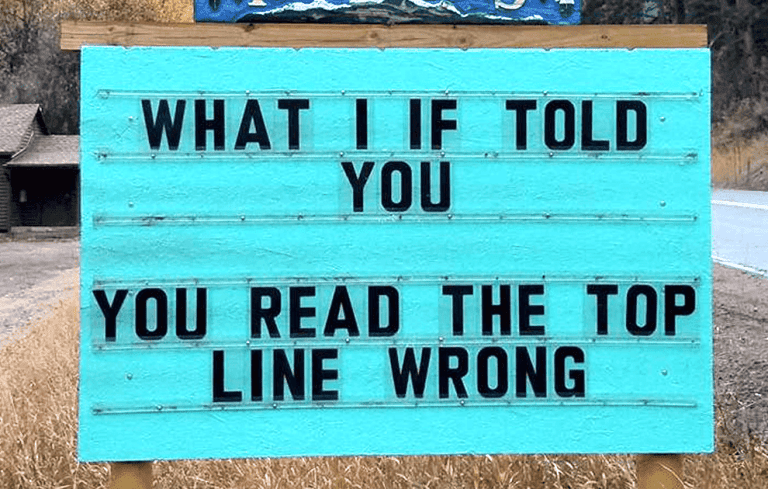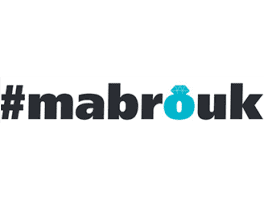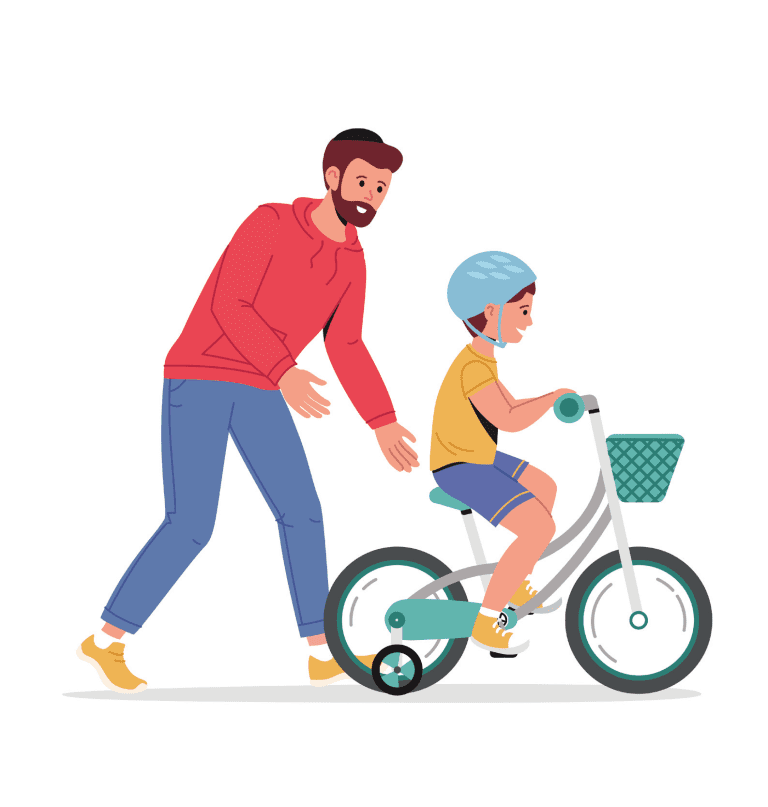A Good, Clean Lesson
Rabbi Epstein received a call from a wealthy businessman who was interested in exploring Judaism, but had many questions. He asked if Rabbi Epstein could pay him a visit at the office, which he obliged.
The next day, Rabbi Epstein pulled up to an enormous manufacturing facility that produced soaps and other household cleaners. The company president, Aaron Miller, was there to greet him.
“Thank you for coming, Rabbi,” Mr. Miller said. “Let’s go for a walk, shall we?”
After some small talk Mr. Miller said, “Rabbi, please help me answer this question that I’ve been thinking about: what good is religion, really? Look at all the trouble and misery in the world! Even after thousands of years of religions teaching about goodness and truth and love and peace, there’s still war and deceit and so many terrible things. If Judaism is true, why should this be?”
Rabbi Epstein just stroked his beard in thought.
They continued walking until he noticed a child playing in the gutter. Rabbi Epstein said, “Look at that child. You say that soap makes people clean, but see the dirt on that youngster. Of what good is soap? With all the soap in the world, over all these years, the child is still filthy. I wonder how effective soap is, after all!”
Mr. Miller, president of the soap company protested, “But Rabbi, soap can’t do any good unless it is used!”
“Exactly,” replied the rabbi. “Exactly.”
Mordy S.
A Three-Hour Tour
A passenger ship pushed off from the port in Haifa and traveled a route around the Mediterranean Sea. During the trip, one passenger noticed a bearded man on a small island who was shouting desperately and waiving his hands.
“Who is that?” the passenger asked the captain.
“I have no idea,” replied the captain, “but he seems like a strange fellow.”
“What makes you say that?” asked the passenger.
“Because every time we pass by this small island, he keeps yelling at us like a maniac!”
Eddie S.
An Apple a Day
Little Solomon was eating an apple in the back seat of the car, when he asked, “Daddy, why is my apple turning brown?”
“Because,” his father explained, “after you ate the skin off, the meat of the apple came into contact with the air, which caused it to oxidize, thus changing the molecular structure and turning it into a different color.”
There was a long silence. Then Solomon asked softly, “Daddy, are you talking to me?”
Debra K.
Leg Pain
Old Morty Mandelbaum went to the doctor complaining of a terrible pain in his leg.
“I am afraid it’s just old age,” replied the doctor, “there is nothing we can do about it.”
“That can’t be,” fumed old Morty, “You don’t know what you are doing.”
“How can you possibly know I am wrong?” countered the doctor.
“Well, it’s quite obvious,” the old man replied. “My other leg is fine, and it’s the exact same age!”
Lori T.
Returning to the Scene of the Crime
One night Claire stumbled into her local Brooklyn police station with a black eye. She claimed she heard a noise in her back yard and went to investigate. The next thing she knew, she was hit in the eye and knocked out cold.
An officer was sent to her house to investigate, and he returned two hours later with a black eye.
“Did you get hit by the same person?” his captain asked.
“No,” he replied. “I stepped on the same rake.”
Carol D.
Aches and Pains
At the Beth Israel Nursing Home in Boca Raton, Florida, a group of senior citizens were sitting around talking about their aches and pains. “My arms are so weak I can hardly lift this cup of coffee,” said Mr. Applebaum.
“I know what you mean. My cataracts are so bad I can’t even see my coffee,” replied Mr. Schiffman.
“I can’t turn my head because of the arthritis in my neck,” said Mr. Markowitz, to which several nodded weakly in agreement.
“My blood pressure pills make me dizzy,” Mr. Himmelfarb contributed.
“I guess that’s the price we pay for getting old,” winced Mr. Goldberg as he slowly shook his head. Then there was a short moment of silence.
“Well, it’s not that bad,” said Mr. Rosenbloom cheerfully. “Thank Gd we can all still drive.”
Rachel H.
A Mountain of Rugelach
Rabbi Eli ordered a box a rugelach from Isaac’s Bakery, which belonged to one of his congregants. That day he saw little Moishie, whose family owned Isaac’s Bakery.
“Am I going to see you later when I pick up my rugelach, Moishie?” asked Rabbi Eli.
“I’m so sorry, Rabbi, I don’t think so,” said Moishie, looking very concerned. “There was an accident in the bakery and all of the baked goods in the warehouse came crashing down. It’s like there’s a huge mountain of rugelach.”
“Oh, don’t worry about it, Moishie,” said Rabbi Eli trying to make him feel better. “I’m sure someone will clean it up. You know, I’m going for lunch now, why don’t you join me? My treat.”
“Oh, I don’t think my father’s going to like that,” said Moishie.
“I know your father well, Moishie. He won’t mind,” insisted Rabbi Eli.
After a pizza lunch Rabbi Eli said, “So Moishie, aren’t you glad you came?”
“My father’s not going to like it,” replied Moishie.
“Why are you so convinced your father is going to object to me taking you to lunch?” asked Rabbi Eli.
“Because he’s in the bakery – buried under that mountain of rugelach!”
Max E.
All Ears
Always self-conscious of his lack of ears, whenever Bob Smith would interview a future employee, he would ask him, “What do you notice different about me?” If the employee would mention his lack of ears (which often they did), it would be a for sure “no” for the job. However, if the employee would mention something else, he would hire the guy.
One year, at the annual business party, Bob approached Chaim Yankel, his most recent hire, and asked him if he remembered the last question he had asked him when interviewing him for the job. “Sure, I do,” replied Chaim Yankel. “You asked me what was different about you and I said that you were wearing contact lenses.”
“Of all things to answer,” Bob questioned curiously, “why was that the thing you noticed?”
“Well, to be honest, it was quite simple,” said Chaim Yankel. “How could you possibly be wearing glasses if you don’t have any ears?!”
Morris C.












